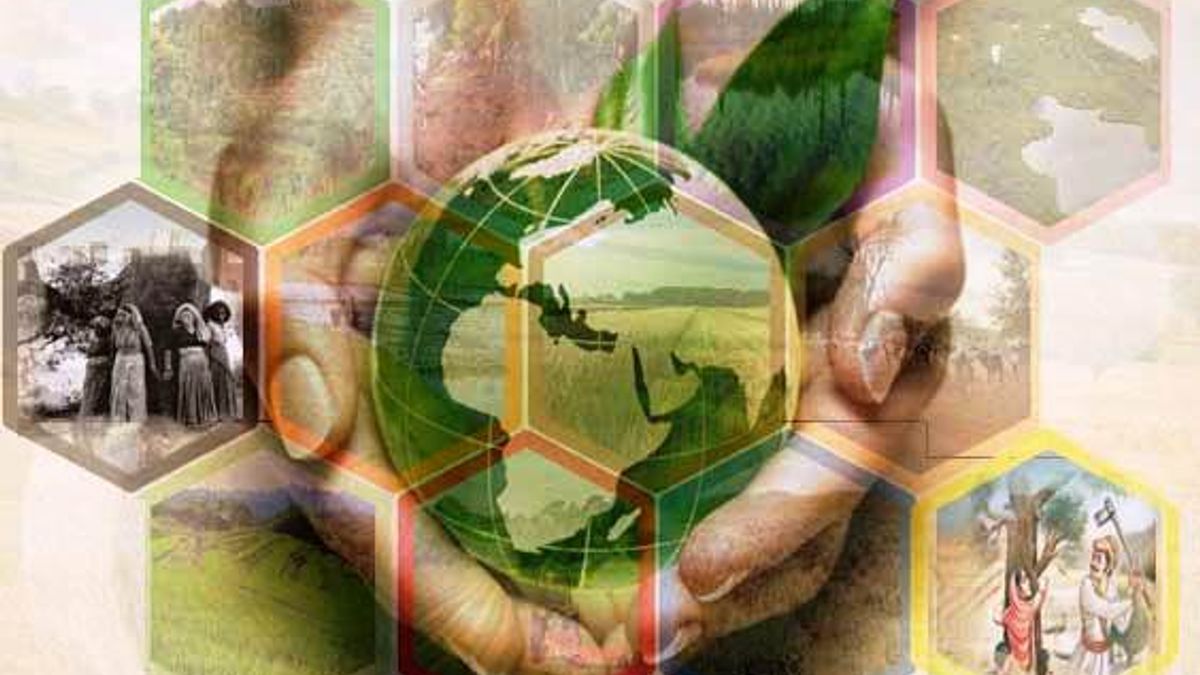
On 7th February 2021 the people of Ravi village, the birthplace of India's environmental consciousness as this is known where the women stopped cutting off the trees, say they heard a loud bang. Within minutes, the muddy deluge gushed down damaging the 16.2 Megawatt Rishi Ganga Hydro Power Project and then washing away the under-construction 520 megawatt Tapovan Vishnugad project downstream. It is not clear if the glacier melted or there was a seasonal snow that melted or that it was a combination of both. Whatever it was but it is clear that there was a landslide or an avalanche that blocked the river and when the natural dam broke because of the force of water, it brought the power of kilolitres of water mixed with moraine rock and silt. It is important to note that this flash of flood occurred in winter when there is less water. So the destruction was limited. It should be a warning for the scale of devastation that can happen. There is no question that we are going to see more of this, not less, unless we change the way we do business with the environment. But more importantly it will happen until we take better studied decisions on the projects and on mitigating their impact. This is where we falter our systems of decision-making. To assess the impact of development projects which are already weak and have become virtually non-existent by now. This issue is about carrying capacity of the fragile region which is even more at risk because of the climatic change. The flash flood in the high Himalayas which claimed lives and wiped out two hydroelectric plants on the Ganga should be a growing reminder of the mistake we continue to make. There is no rocket science here about why this devastation happened in the Himalayas that are the world's youngest mountain ranges prone to erosion and landslides un stable because of high seismic activities. This is compounded by the sheer madness and I will explain why I say this of development, with hydro power projects being built back to back on the top of this climatic change and its resultant warming of glaciers and unseasonable snow and heat are exacerbating conditions in the already fragile ecosystem.